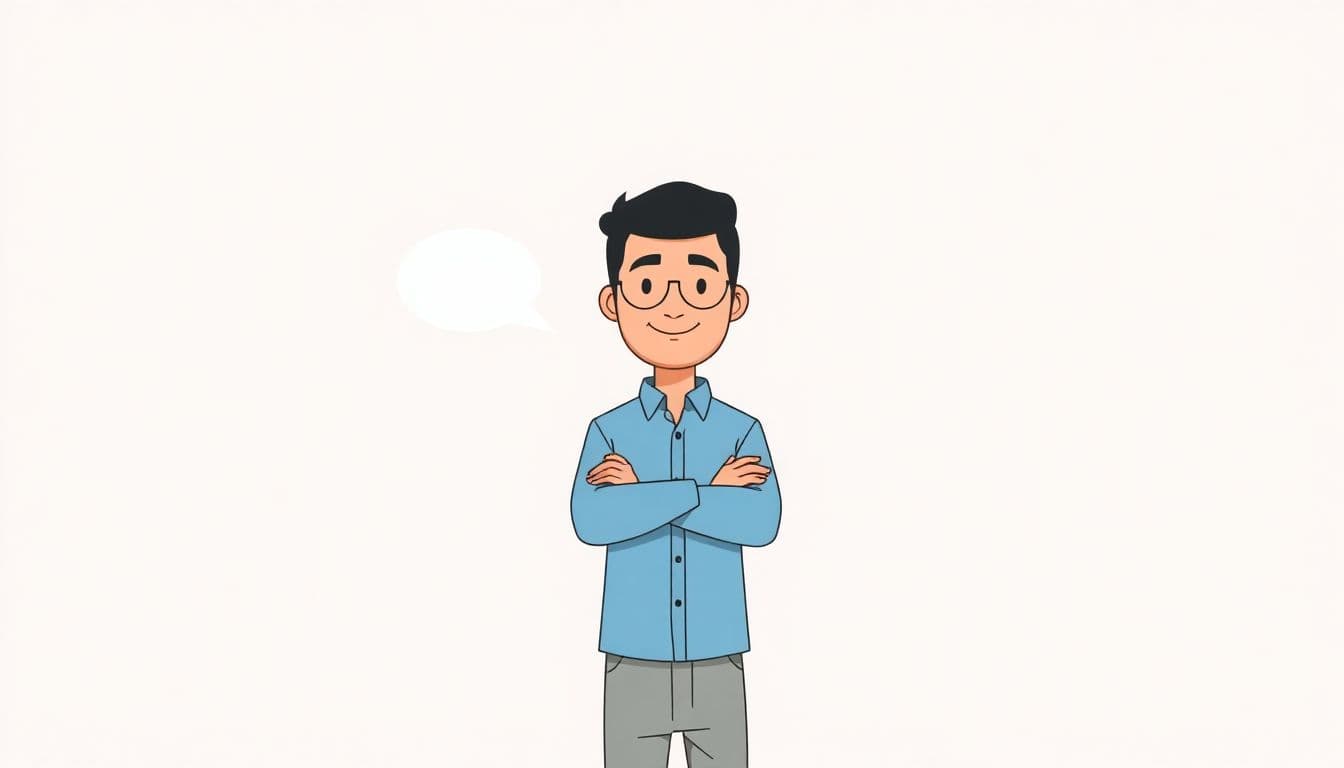Table of Contents
Have you ever felt confused by stories that jump around in time or switch perspectives without warning? That’s because some stories don't follow a straight path, making things a bit tricky to follow at first. But don’t worry—these stories are interesting once you get the hang of them!
If you keep reading, you’ll learn how this kind of storytelling works and why creators choose to tell stories this way. You’ll even find out some easy tricks to spot these stories and how to think about them differently.
In short, understanding nonlinear stories helps you see the craft behind movies, books, and shows that don’t follow a simple timeline—making watching or reading them more fun and meaningful.
Key Takeaways
– Nonlinear stories are told out of order, using flashbacks, flash-forwards, or multiple viewpoints to create a more layered and interesting experience. They challenge you to piece together the timeline, making the story more engaging. Creators use this approach to build suspense, reveal character details gradually, and add emotional depth. Recognizing these techniques can help you enjoy stories more fully and understand the craft behind movies, books, and shows. Although they can be confusing at first, understanding nonlinear structures makes following and analyzing these stories easier, enriching your overall experience.

A nonlinear narrative structure is a storytelling technique where events are presented out of their usual chronological order. Instead of following a straight line from start to finish, it uses shifts in time—like flashbacks, flash-forwards, or overlapping scenes—to create a richer, more layered story. This approach keeps viewers or readers engaged as they piece together the timeline, and it allows creators to reveal information strategically to heighten suspense, build mystery, or deepen emotional impact.
One of the main features of nonlinear narratives is the use of time jumps. These can take the story forward, backward, or even in circles, giving a non-traditional flow that challenges the audience to stay attentive. Multiple perspectives are also common, where stories are told from different characters’ viewpoints or via fragmented sections, offering a multifaceted view of the same events. Overlapping timelines—where scenes happen simultaneously or intertwine—add complexity, making the story richer and more intriguing.
Why do creators choose to craft stories in this way? Well, a nonlinear approach can reveal layers of character and plot gradually, adding depth that keeps audiences curious. It also builds suspense and mystery through deliberate reveals, which can make the story more engaging. Additionally, by jumping around in time, writers can show characters at different points in their lives, allowing the audience to understand their development more naturally. Research indicates that nonlinear structures stimulate cognitive engagement, encouraging viewers or readers to actively piece together the story, which can lead to a greater sense of satisfaction and emotional connection.
In film, books, and TV, nonlinear storytelling has become more popular, especially as audiences seek layered, multi-perspective narratives. For example, movies like Memento tell their stories in reverse order, while films like Pulp Fiction weave multiple timelines together. Books such as The Sound and the Fury showcase different perspectives, and TV shows like Lost use multiple timelines to keep viewers hooked. Recognizing these techniques can help you spot nonlinear stories or create your own with purpose.
To identify a nonlinear narrative, watch for scenes that seem out of order or disconnected in the chronological sense. Notice shifts in perspective or time that don’t follow a smooth, cause-and-effect sequence. Often, these shifts help deepen the story’s themes or reveal hidden layers of characters’ experiences. Paying attention to cues, such as visual hints or narrative clues, can make understanding and analyzing nonlinear stories much easier.

Techniques for Analyzing Nonlinear Narratives
One of the key ways to understand how nonlinear stories work is by examining their structure with visual tools like story curves or timelines.
Using visual aids can help identify the degree of deviation from a chronological flow, which is often measured through a nonlinearity index.
Creating a timeline diagram that maps out flashbacks, flash-forwards, and overlapping scenes can reveal patterns or thematic connections that aren't immediately obvious.
Additionally, tracking shifts in perspective or focalization helps clarify how multiple viewpoints contribute to the story’s complexity.
This analysis not only aids in writing your own nonlinear story but also enhances comprehension when studying existing works.
Challenges and Pitfalls of Nonlinear Storytelling
While nonlinear narratives can engage and surprise elements, they also risk confusing the audience if not handled carefully.
Too many jumps or disjointed scenes may result in frustration, leading around 80% of readers to abandon a difficult-to-follow story.
Overusing techniques like flashbacks or multiple perspectives without clear cues can break the flow and reduce clarity.
To avoid these issues, creators should consider testing their structure on beta readers or using visual aids to ensure the story remains accessible.
Striking a balance between complexity and clarity is crucial in making nonlinear stories both engaging and understandable.
Best Practices for Writing Nonlinear Stories
Start by outlining key events and then experiment with different arrangements, such as jumping between timelines or viewpoints.
Use cues like chapter headings, visual signals, or changes in narration style to help the reader follow the shifts.
Keep in mind the story’s emotional arc—nonlinear shifts should serve to deepen the story, not just add confusion.
Test your structure with friends or fellow writers to see if the narrative makes sense and maintains interest.
Remember, sometimes less is more; avoid excessive jumping that might overwhelm or distract your audience.
Tools and Resources to Help You Master Nonlinear Narratives
Various software options can assist in mapping out complex storylines, such as Scrivener or Atticus.
Online story mapping tools and visual diagramming apps help you see the entire structure at a glance.
There are also story analysis guides and articles, like those on (https://automateed.com/), that offer tips to craft cohesive nonlinear stories.
Experimenting with story curve visualizations or story nonlinearity indexes can help you gauge the complexity of your narrative approach.
Leveraging these resources allows you to produce stories that are both engaging and clear in their layered delivery.
Why Nonlinear Narratives Are Becoming More Popular
Modern audiences are seeking stories that offer multiple layers and perspectives, fitting well with the trend toward layered storytelling.
They match the formats of contemporary media like graphic novels, video games, and interactive stories, which thrive on multi-dimensional narratives.
Stories like *Memento* or *Pulp Fiction* paved the way for this style, showing that complex timelines can be both effective and commercially successful.
As viewers and readers become more accustomed to layered stories, nonlinear storytelling is likely to grow in popularity.
Creators who master these techniques can create memorable stories that stand out in a crowded media landscape.
FAQs
A nonlinear narrative presents events out of chronological order or logical sequence, often using techniques like time jumps and multiple perspectives to create a more engaging and complex story.
Look for scenes that are out of order, shifts in time or perspective, or disruptions in cause-and-effect. These signs indicate a nonlinear storytelling approach.
Techniques include flashbacks, flashforwards, multiple narrators, story within stories, and starting or reversing events out of order to enhance storytelling complexity.
Using a nonlinear structure can add depth, build suspense, reveal characters gradually, and keep audiences involved by encouraging them to piece the story together.



